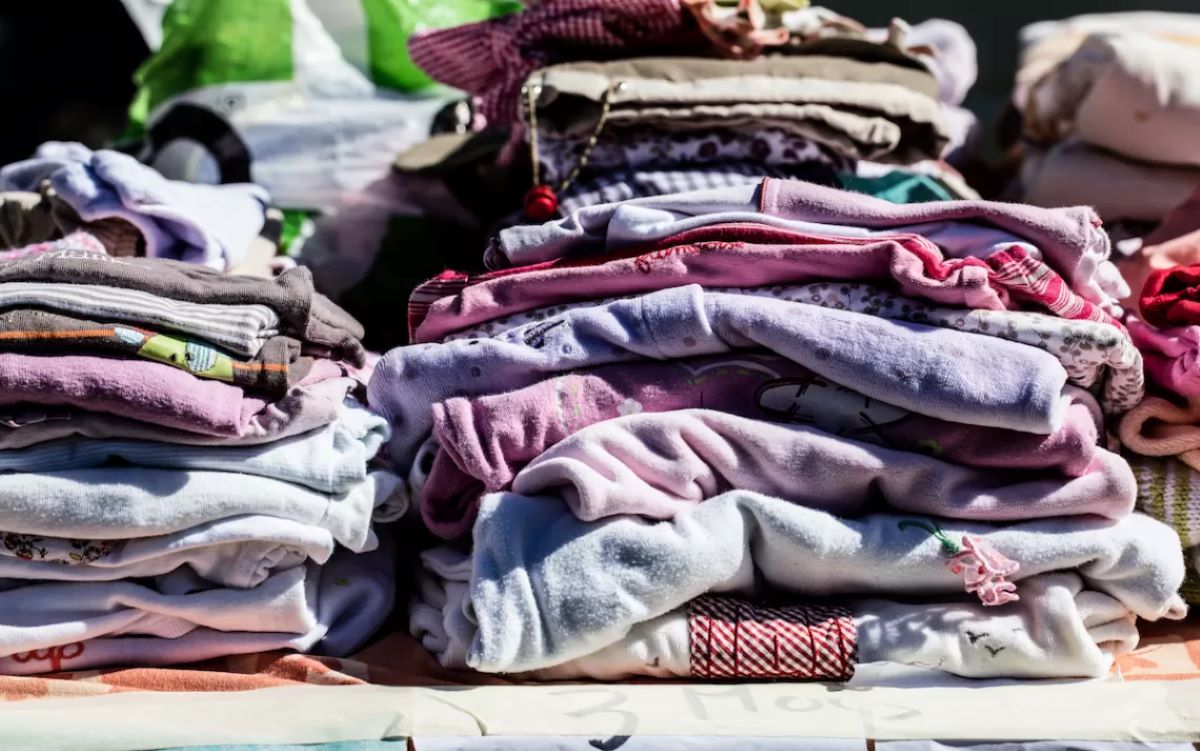

Articles
How To Store Old Clothes
Modified: December 7, 2023
Learn how to properly store your articles and keep them in great condition for years to come. Discover helpful tips and tricks for preserving your cherished clothing.
(Many of the links in this article redirect to a specific reviewed product. Your purchase of these products through affiliate links helps to generate commission for Storables.com, at no extra cost. Learn more)
Introduction
Do you find yourself struggling with limited closet space, but still reluctant to part with your old clothes? Whether it’s sentimental value or the hope of fashion trends making a comeback, many of us have a hard time letting go of our beloved apparel. The good news is that you can store your old clothes in a way that preserves their quality and allows you to access them easily when the need arises.
In this article, we will guide you through the process of storing your old clothes effectively and safely. By following these steps, you can not only free up some closet space but also ensure that your treasured garments remain in excellent condition for years to come.
So, let’s dive into the world of clothing storage and discover how you can keep your old clothes organized, protected, and ready for use whenever you need them.
Key Takeaways:
- Preserve the quality of your old clothes by sorting, cleaning, and choosing the right storage containers. Label, organize, and maintain your garments to ensure easy accessibility and long-term preservation.
- Follow a systematic approach to store old clothes effectively. From decluttering and treating garments to choosing the right storage space, each step plays a crucial role in maintaining the quality and accessibility of your cherished apparel.
Read more: How To Store Old Books
Step 1: Sorting and Decluttering
The first and most crucial step in storing old clothes is to sort through your wardrobe and declutter. This process helps you identify the clothes you want to keep, donate, or discard. Here’s how you can tackle this step:
- Set aside dedicated time: Find a time when you can focus solely on sorting through your clothes without any distractions. This will ensure that you make thoughtful decisions about each item.
- Create different categories: Divide your clothes into categories such as seasonal wear, special occasion outfits, everyday clothes, etc. This classification will help you organize them more efficiently later on.
- Assess each item: Take each piece of clothing and evaluate its condition, fit, and how often you actually wear it. Be honest with yourself and let go of items that no longer serve you or bring you joy.
- Donate or discard: Donate the clothes that are still in good condition but no longer required. Discard any garments that are damaged, torn, or stained beyond repair. Remember, someone else may find joy in your unwanted items.
- Consider sentimental value: Some clothes may hold sentimental value, such as heirlooms or clothes from special events. If you’re hesitant to part with them, set them aside for storage rather than in your everyday wardrobe.
Sorting and decluttering not only help you create space for storing your old clothes but also ensure that you only keep the items that are truly important to you. It’s a freeing process that sets the foundation for an organized storage system.
Step 2: Cleaning and Treating
Before storing your old clothes, it’s essential to clean them thoroughly to prevent any stains or odors from setting in and damaging the fabric. Here’s how you can clean and treat your clothes before storage:
- Read the care labels: Check the care labels on your clothes for specific cleaning instructions. Different fabrics require different cleaning methods, so make sure to follow the manufacturer’s recommendations.
- Sort by color and fabric: Separate your clothes into color groups (whites, lights, darks) and fabric types (cotton, silk, wool, etc.). This will help you determine the appropriate cleaning method for each item.
- Pre-treat stains: Inspect your clothes for any stains and treat them before washing. Use stain removers or gentle solutions like baking soda and water to help remove stubborn stains.
- Choose the right detergent: Select a mild, non-toxic detergent suitable for the fabric type. Avoid using harsh chemicals or bleach, as they can damage the fibers.
- Follow proper washing techniques: Pay attention to temperature settings and washing cycles recommended for each fabric. Hand-washing delicate garments is often the safest option.
- Air-dry or tumble-dry: Depending on the fabric, air-dry your clothes or use a low-heat setting in the dryer. High heat can cause shrinkage or damage to certain materials.
- Iron or steam: Once the clothes are dry, iron or steam them to remove any wrinkles. This step will help maintain the shape and appearance of the garments during storage.
- Consider moth prevention: If you live in an area prone to moth infestation, take additional steps to protect your clothes. Use moth repellents or lavender sachets to discourage these pests.
Cleaning and treating your old clothes before storage not only helps maintain their quality but also prevents any unwanted odors or stains from setting in. It’s a crucial step in ensuring that your garments are ready to wear whenever you retrieve them.
Step 3: Choosing the Right Storage Containers
Once your clothes are clean and ready for storage, it’s important to choose the right containers to protect them from dust, moisture, and pests. Here’s how you can select the ideal storage containers for your old clothes:
- Opt for breathable containers: Choose storage containers made of breathable materials like cotton or canvas. Avoid plastic containers, as they can trap moisture and lead to mold or mildew growth.
- Use acid-free tissue paper: Place acid-free tissue paper between delicate fabrics or layers to prevent creases and wrinkles. This extra layer also helps absorb excess moisture.
- Avoid vacuum-sealed bags: While vacuum-sealed bags may seem like a space-saving solution, they can compress and damage delicate fabrics over time. It’s best to use containers that allow the clothes to retain their natural shape.
- Consider garment bags: For special occasion or delicate garments, invest in breathable garment bags. These bags provide extra protection against dust and allow the clothes to hang freely.
- Get transparent containers: Transparent containers or clear bins allow you to see the contents without having to open each one. This makes it easier to locate specific items when you need them.
- Avoid cardboard boxes: Cardboard boxes may attract pests and may not be sturdy enough to protect against moisture. Opt for plastic or metal containers that have secure closures.
- Consider temperature and humidity: If your storage area is prone to extreme temperatures or high humidity, look for containers that provide insulation or moisture-wicking properties.
- Label your containers: Use labels or markers to identify the contents of each container. This will make it easier to locate specific items without having to go through every box.
Choosing the right storage containers is essential for preserving the quality of your old clothes. By providing adequate protection against dust, moisture, and pests, you can ensure that your garments remain in excellent condition throughout their storage period.
Step 4: Folding and Packing
Properly folding and packing your old clothes is essential for optimizing storage space and preventing wrinkles or damage. Follow these guidelines to efficiently fold and pack your garments:
- Start with a flat surface: Find a clean, flat surface like a table or bed to work on. This will provide you with enough space to sort and fold your clothes.
- Use the right folding techniques: Different garments require specific folding methods. Fold t-shirts, sweaters, and pants using traditional folding techniques, while delicate items like dresses and blouses should be folded with extra care to avoid creasing.
- Group similar items together: Group similar items, such as shirts or dresses, together to make it easier to locate them later. This also helps in organizing your storage containers.
- Stack and arrange folded clothes: Arrange your folded clothes in neat stacks, making sure not to overstuff the containers. Overcrowding the containers can lead to wrinkles and difficulty in accessing specific items.
- Place heavier items at the bottom: When packing multiple containers, put heavier items at the bottom to provide stability and prevent the containers from toppling over.
- Use dividers or separators: To further organize your clothes, consider using dividers or separators within the containers. This will help prevent items from shifting or getting mixed up during storage.
- Be mindful of fragile embellishments: If you have garments with delicate embellishments like beads or sequins, place them in separate containers or wrap them in tissue paper to avoid any damage.
- Avoid overpacking: It’s important not to overpack the containers to avoid putting undue pressure on the garments, which can cause wrinkling or deformation.
Proper folding and packing techniques will ensure that your old clothes are stored efficiently and remain in excellent condition until you’re ready to use them again. Taking the time to organize and pack your garments carefully saves you from the hassle of rummaging through a disorganized storage space when you need something specific.
Store old clothes in a cool, dry place away from direct sunlight to prevent fading and deterioration. Use acid-free tissue paper or cotton garment bags to protect delicate fabrics.
Read more: How To Store Old Cards
Step 5: Labeling and Organizing
Labeling and organizing your stored old clothes is crucial for easy accessibility and efficient retrieval. By following these steps, you can ensure that you find the right items without having to dig through all your containers:
- Create a labeling system: Develop a labeling system that works best for you. You can use a simple numbering system, color-coded labels, or descriptive labels to identify the contents of each container.
- Label the containers: Clearly label each storage container with the relevant information. Include details such as the category of clothing (e.g., summer, winter), specific items (e.g., dresses, sweaters), or any other relevant details that will help you locate what you need.
- Keep an inventory list: Maintain an inventory list that documents the contents of each container. This creates an organized reference point, making it easier to locate specific items without having to physically search through the containers.
- Organize based on frequency of use: Place the containers that contain clothes you use more frequently near the front or in easily accessible spots. Items you rarely wear can be placed towards the back or on higher shelves.
- Stack and arrange containers: Neatly stack and arrange the storage containers, making sure the labels are visible. This allows you to easily read and identify the contents without having to disturb the entire arrangement.
- Consider additional organization tools: Use storage accessories such as shelf dividers, hanging organizers, or under-bed storage containers to further enhance the organization and accessibility of your stored clothes.
- Regularly update and maintain: Periodically review and update your inventory list as you add or remove items from storage. This helps maintain an accurate record and ensures that you can easily find what you’re looking for.
Labeling and organizing your storage containers not only saves you time and effort but also helps preserve the condition of your old clothes. With a well-structured system in place, you can effortlessly locate and retrieve items whenever you need them.
Step 6: Finding the Ideal Storage Space
Finding the ideal storage space for your old clothes is crucial to ensure their longevity and easy accessibility. Follow these steps to identify the perfect storage area:
- Evaluate the environment: Look for a storage space that is clean, dry, and free from direct sunlight. Excessive heat, humidity, or exposure to sunlight can cause damage to the fabric over time.
- Consider temperature stability: Fluctuations in temperature can negatively impact the condition of your clothes. Choose a storage space with a stable temperature to minimize the risk of mold, mildew, or fabric deterioration.
- Avoid areas prone to pests: Insects and rodents can wreak havoc on your stored clothes. Avoid areas, such as basements or attics, that are susceptible to pest infestation. Consider using pest repellents or traps as added precautions.
- Select a secure location: Ensure that the storage space provides ample security to protect against theft or unauthorized access. This is particularly important if you plan to store valuable or sentimental garments.
- Utilize vertical space: Make the most of your storage area by utilizing vertical space. Install shelves, hanging rods, or hooks to maximize storage capacity and keep your clothes organized.
- Consider climate-controlled options: If you have delicate or valuable garments, consider renting a climate-controlled storage unit. These units maintain a controlled temperature and humidity level, providing optimal conditions for storing your old clothes.
- Keep accessibility in mind: Choose a storage space that allows for easy accessibility. Avoid stacking containers too high or cramming them into a corner, as this can make it difficult to reach specific items when needed.
- Take advantage of unused spaces: Look for unused spaces in your home, such as under the bed, in the back of closets, or above cabinets, that can be converted into storage areas for your old clothes.
Finding the right storage space is essential to protect your clothes from environmental factors, pests, and theft. By selecting a suitable location and optimizing the space available to you, you can ensure that your old clothes remain safe, secure, and well-preserved.
Step 7: Preventing Damage and Preservation Tips
Preserving the quality of your old clothes goes beyond just storing them properly. Follow these tips to prevent damage and ensure that your garments remain in excellent condition:
- Avoid using wire hangers: Wire hangers can stretch or misshape clothing over time. Opt for sturdy, padded or wooden hangers to properly support and maintain the shape of your garments.
- Rotate your clothes: To prevent fabrics from becoming weak or discolored, rotate the clothes you wear regularly with the items in storage. This allows for proper air circulation and prevents excessive wear on specific garments.
- Inspect for pests: Regularly check your stored clothes for signs of pests or infestations. Look for holes, droppings, or any other indications of insect or rodent activity. If you spot any issues, take immediate action to address them.
- Avoid storing in plastic bags: Storing your clothes in plastic bags can lead to trapped moisture and create a breeding ground for mold and mildew. Opt for breathable storage containers instead.
- Protect against UV exposure: If storing your clothes in an area with natural light, cover the containers or use curtains to prevent prolonged exposure to UV rays. Sunlight can cause fading and discoloration of fabrics.
- Regularly air out your clothes: Every few months, take the time to air out your stored clothes. Open the containers and let the garments breathe for a few hours to prevent any musty odors or stale air from developing.
- Re-check and refresh: Periodically inspect your stored clothes for any signs of damage, stains, or unwanted odors. Address any issues promptly, spot-clean if necessary, and replace any damaged or compromised storage containers.
- Store with care: Avoid stacking heavy items on top of delicate fabrics or storing items that can generate heat or moisture near your clothes. This will protect your garments from being crushed or damaged.
- Avoid storing in basements or damp areas: Basements or damp areas are prone to excess moisture, which can lead to mold and mildew growth. Choose dry, well-ventilated spaces for storing your old clothes.
- Don’t forget about regular maintenance: Even though your clothes are in storage, periodically inspect and maintain them to ensure they remain in good condition. Follow proper washing and care instructions when you decide to use them again.
By following these preservation tips and taking proactive measures, you can protect your old clothes from damage and ensure that they stay in excellent condition throughout their time in storage.
Conclusion
Storing your old clothes doesn’t have to be a daunting task. With the right approach, you can keep your cherished garments organized, protected, and ready for use whenever you desire. By following the steps outlined in this article, you can ensure that your old clothes remain in excellent condition for years to come.
From sorting and decluttering to choosing the right storage containers, each step plays a vital role in preserving the quality of your garments. Cleaning and treating your clothes before storage prevents stains and odors from setting in, while choosing breathable containers and using acid-free tissue paper adds an extra layer of protection. Folding and packing your clothes with care prevents wrinkles and damage, while labeling and organizing make it easy to locate specific items when needed.
Finding the ideal storage space and implementing preservation tips are essential for long-term garment care. By being mindful of temperature, humidity, pests, and UV exposure, you can prevent damage and maintain the integrity of your old clothes. Regularly assessing and refreshing your stored clothes, along with proper maintenance, ensures that they remain in excellent condition throughout their time in storage.
So, whether you’re making room for new clothes or holding onto sentimental pieces, following these steps will allow you to store your old clothes effectively and safely. By doing so, you can enjoy an organized space, protect your cherished garments, and have peace of mind knowing that your clothes are well-preserved and easily accessible whenever you need them.
Frequently Asked Questions about How To Store Old Clothes
Was this page helpful?
At Storables.com, we guarantee accurate and reliable information. Our content, validated by Expert Board Contributors, is crafted following stringent Editorial Policies. We're committed to providing you with well-researched, expert-backed insights for all your informational needs.

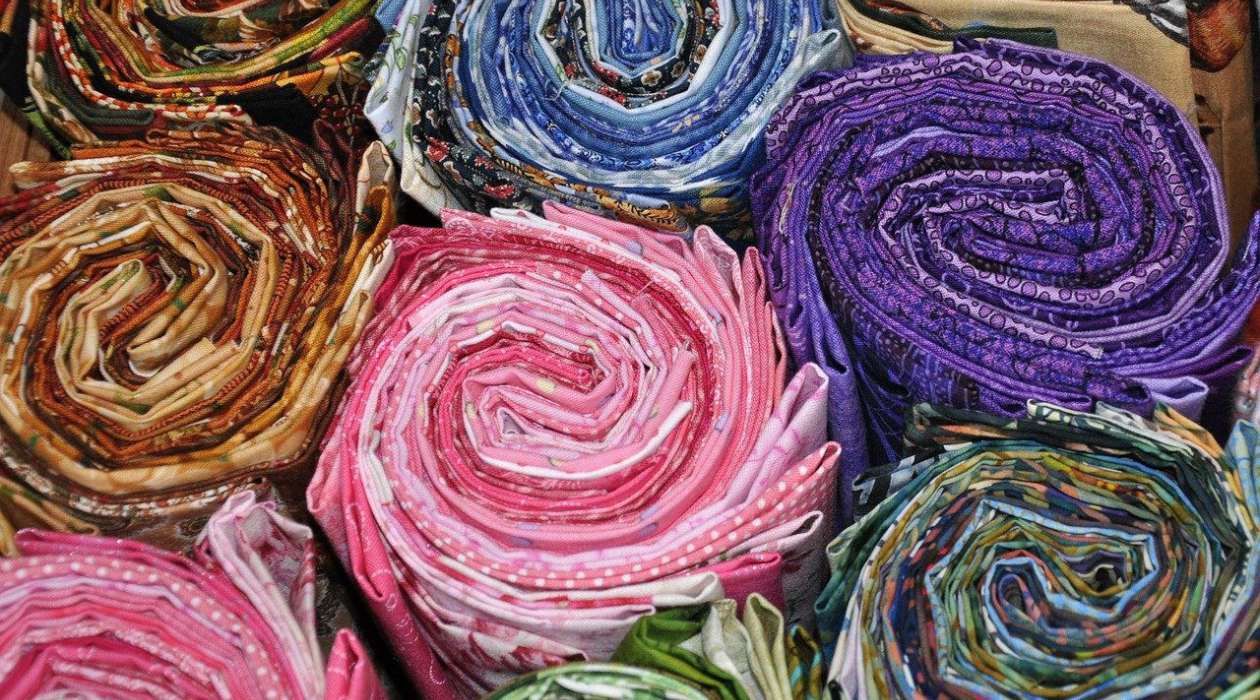




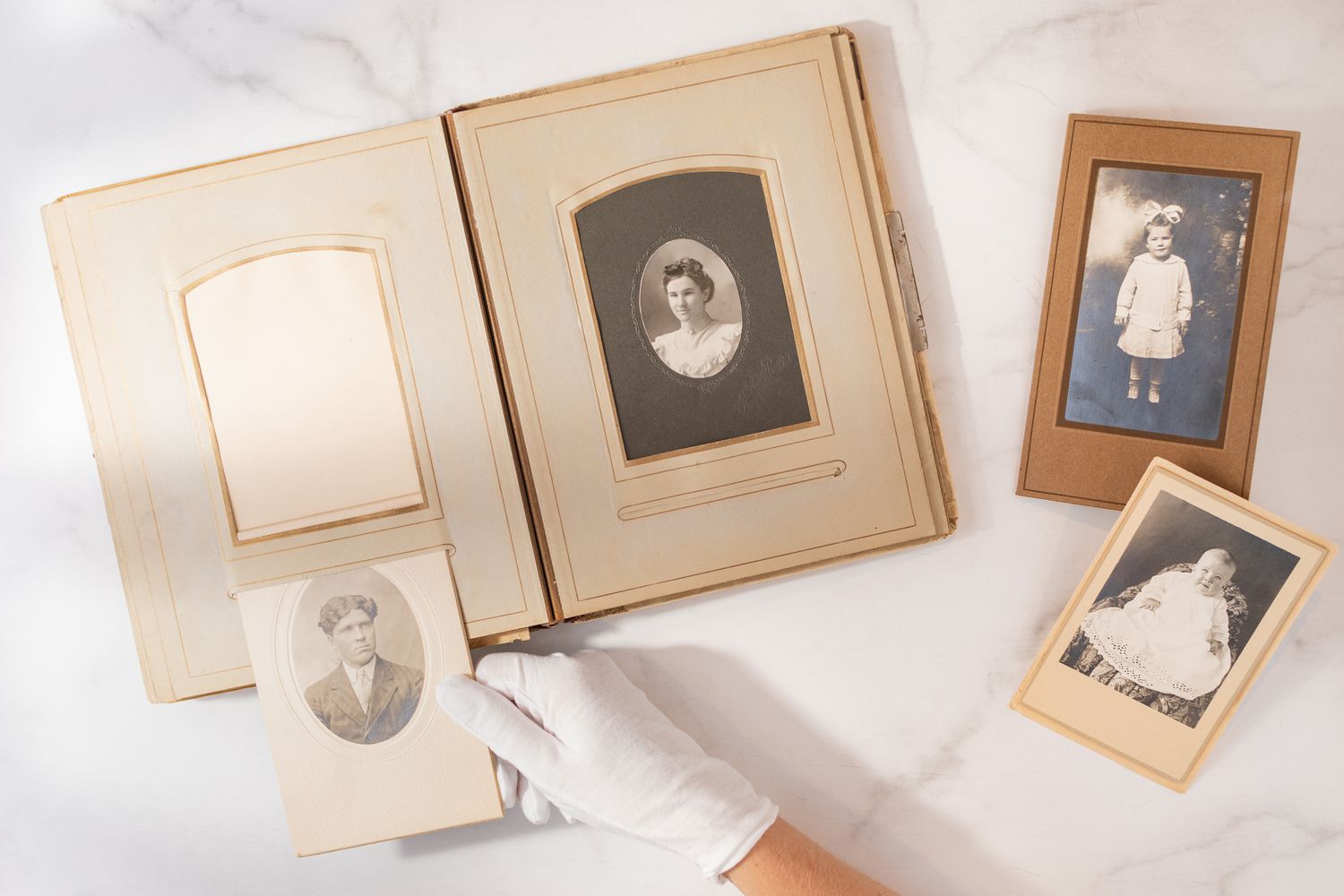


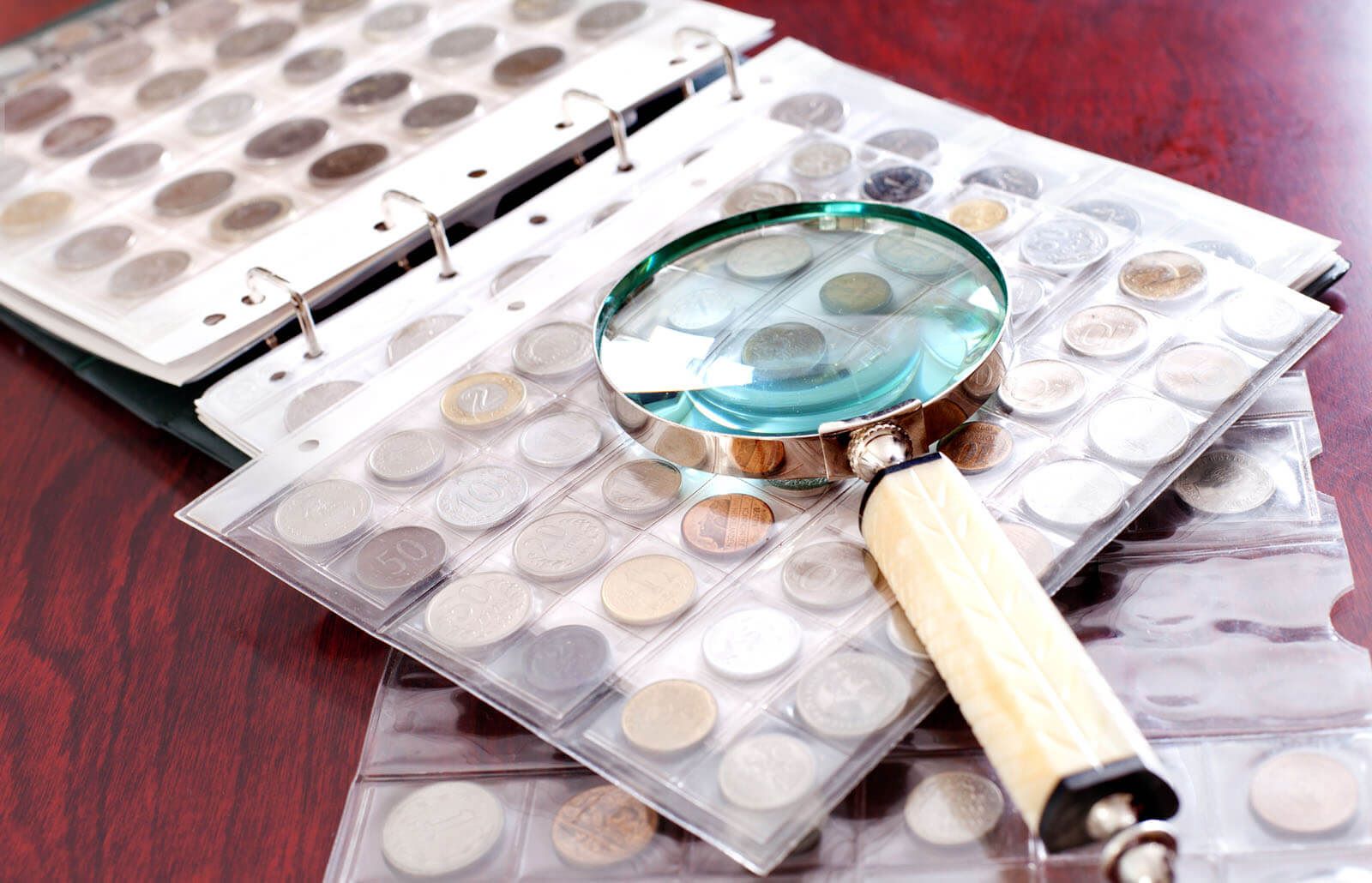
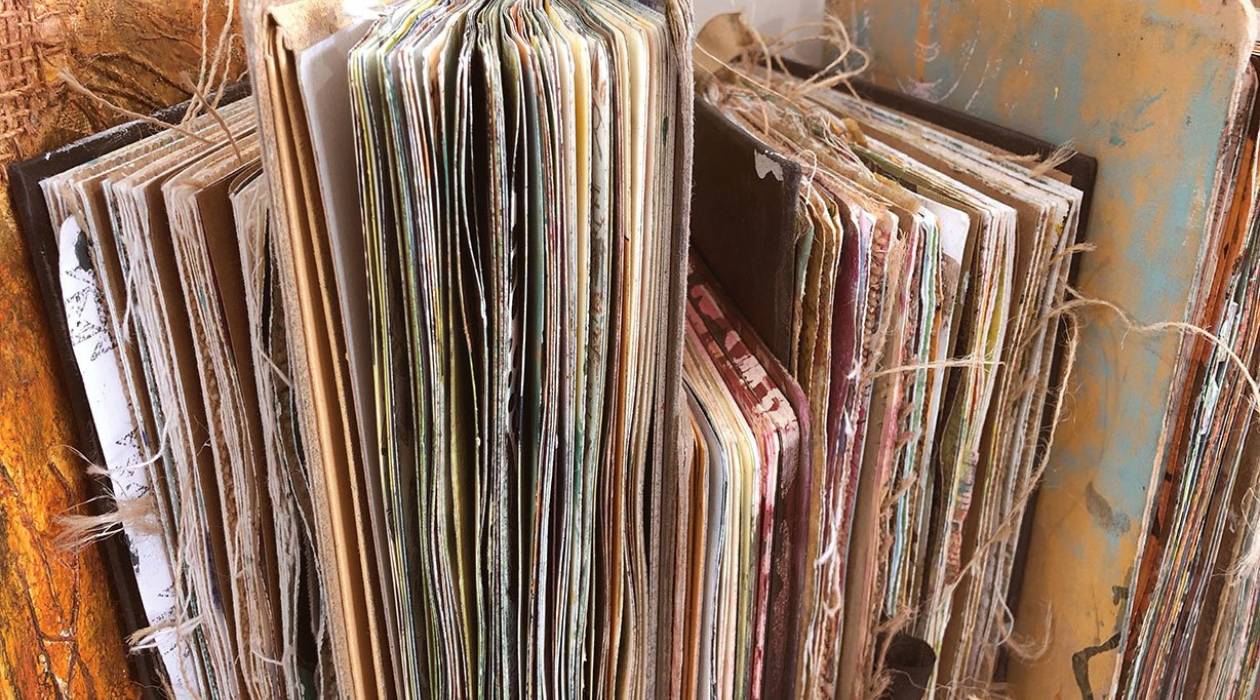
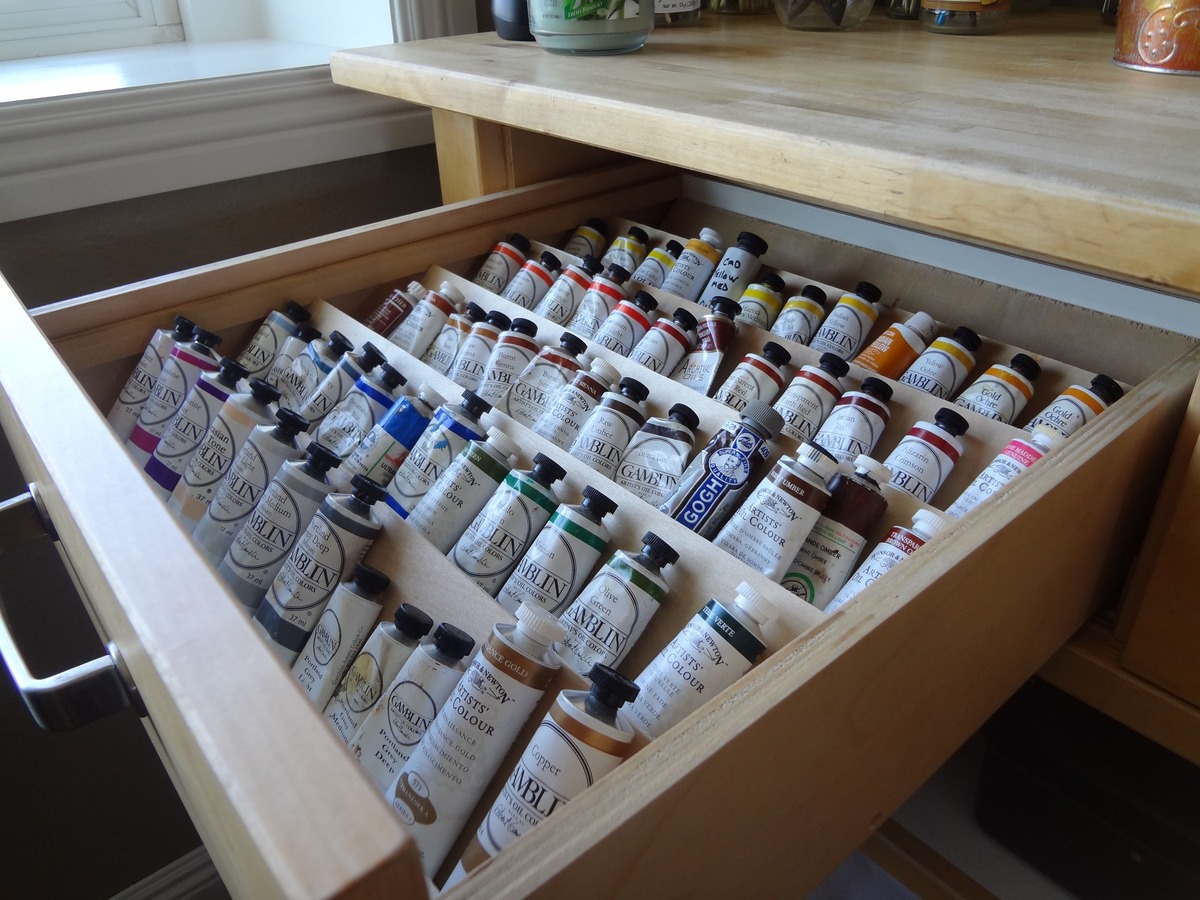
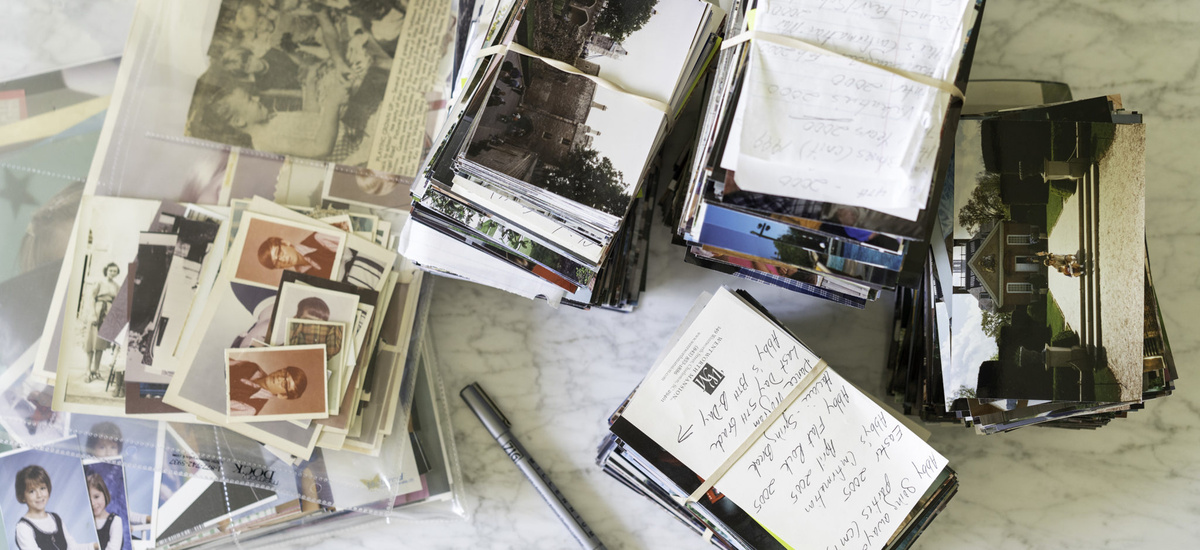


0 thoughts on “How To Store Old Clothes”